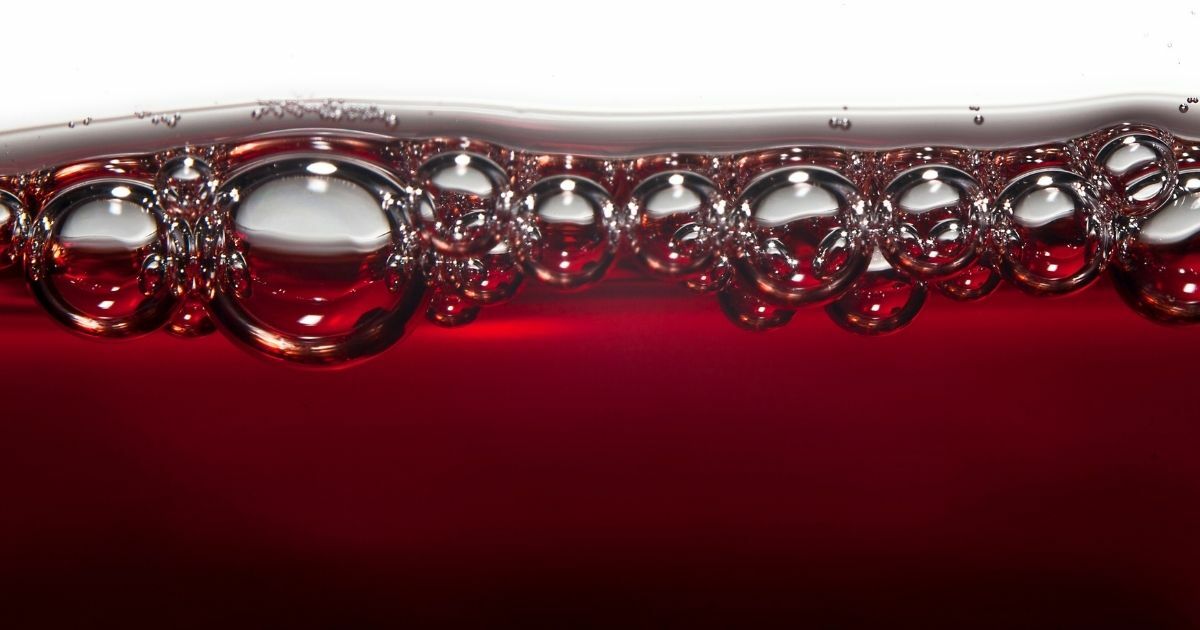PO Box 5512, Petaluma, CA, United States of America, 94955
Feeds

Restarting Stuck Malolactic Fermentations
Applies to: Winemakers looking to prevent stuck malolactic fermentations. This evaluation helps estimate the compounding effect that wine conditions have on MLF.

Prior to restarting a malolactic fermentation, read our Troubleshooting Guide for Sluggish MLFs. There are many factors that can influence the success of a malolactic fermentation (MLF). Before jumping into a full restart, it is a good idea to assess each of these factors. Sometimes only a small adjustment is needed to help an MLF complete successfully.
Protocol
Prepare the Stuck Wine
step 1 Add 30 g/hL (2.5 lb/1000 gal) of RESKUE™ prior to restarting. Suspend RESKUE in 10 times its weight of warm water at 30–37°C (86–98°F) (see pg 55 for more about RESKUE). Wait 20 minutes then add to stuck wine.
step 2 Allow RESKUE to settle for 48 hours then rack off the settled lees.
step 3 Adjust temperature of RESKUE-treated wine to 18–22°C (64–72°F).

Malolactic Nutrient Addition:
step 4 Add 20 g/hL (1.7 lb/1000 gal) of ML RED BOOST™ to RESKUE-treated wine. When restarting a stuck MLF, ML RED BOOST is used for white, red, and rosé wines.
step 5 Mix gently and wait 24 hours before bacteria addition.
Malolactic Bacteria Addition
step 6 Add a double dose of LALVIN VP41™ and mix to homogenize. To determine how many packets of bacteria to add: double the volume of stuck wine. Then, add enough bacteria packets to treat that volume*.
step 7 Check for MLF activity by analyzing L-malic acid degradation every 2–4 days.
*VP41 is sold in packets that treat 66 gal, 660 gal, or 6600 gal. Use any combination of packets that best approximates the volume
calculated in step 6
PDF Download
For a printable pdf download of the protocol above and accompanying worksheet, please click here.
Learn More
To avoid stuck and sluggish malolactic fermentations, consider using the Malolactic Fermentation Feasibility Evaluation. The scorecard rates how antagonistic several wine conditions are to ML bacteria and returns a total point value representing the predicted difficulty of MLF. Based on this value, Scott Laboratories recommends certain steps be taken to maximize success.
About
Leading manufacturer of products for winemaking, including enological yeast and bacteria specifically selected to optimize fermentation and your wine style choices.
LIBRARY
What sets us apart at Lallemand is our ongoing commitment to research and development and our ability to communicate this information to the oenology world.
In Toulouse, France, we have a team of researchers who conduct fermented beverage related research. We also have teams in Montreal who focus on new strain development, production procedures and more fundamental research. In addition to these in-house efforts, research programs, scientific papers and ongoing contacts link Lallemand with the most prestigious oenology laboratories in Europe, Australia, North America, South America and South Africa.
Use this section of the website to see what's new at Lallemand, discover interesting research, read helpful articles and hear the kinds of questions we are commonly asked.
Contact
Contact List
| Title | Name | Phone | Extension | |
|---|---|---|---|---|
| Area Manager | Gordon Specht | gspecht@lallemand.com | 707-526-9809 | |
| Technical Support | Shirley Molinari | smolinari@lallemand.com | 707-484-0919 | |
| Product Distribution | Scott Laboratories | info@scottlab.com | 707-765-6666 |
Location List
| Locations | Address | State | Country | Zip Code |
|---|---|---|---|---|
| Lallemand Oenology | PO Box 5512, Petaluma | CA | United States of America | 94955 |




